PROGRAM OVERVIEW
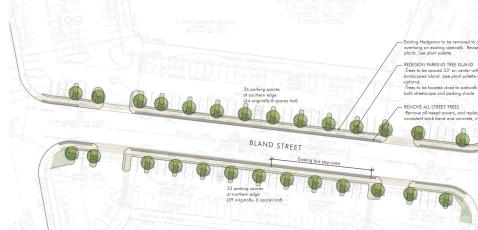 The Commercial Revitalization District Maintenance Program provides dedicated maintenance for specialized streetscapes and related infrastructure in Fairfax County’s five (5) Commercial Revitalization Districts (CRDs) of Annandale, Baileys Crossroads/Seen Corners. McLean, Richmond Highway, and Springfield. In recent years, in recognition of the need to improve the overall appearance and functionality of these districts, staff has been directed, pending funding availability, to gradually expand its maintenance services.
The Commercial Revitalization District Maintenance Program provides dedicated maintenance for specialized streetscapes and related infrastructure in Fairfax County’s five (5) Commercial Revitalization Districts (CRDs) of Annandale, Baileys Crossroads/Seen Corners. McLean, Richmond Highway, and Springfield. In recent years, in recognition of the need to improve the overall appearance and functionality of these districts, staff has been directed, pending funding availability, to gradually expand its maintenance services.
PROGRAM SERVICES
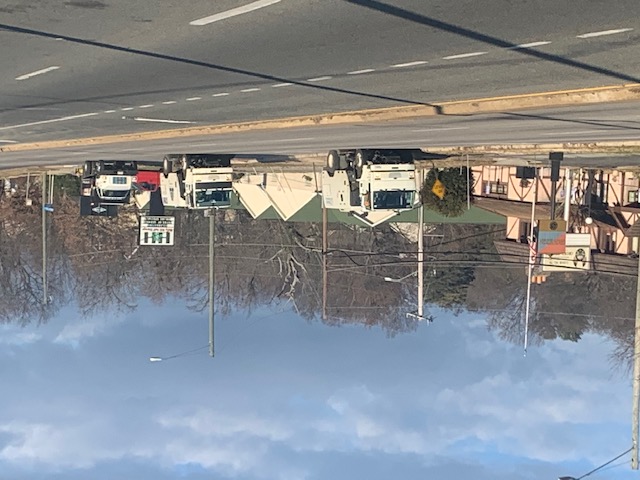 The Maintenance and Stormwater Management Division (MSMD) of the Department of Public Works and Environmental Services (DPWES) manages contracted services that maintain approximately 800,000 square feet of landscaped areas in the CRDs.
The Maintenance and Stormwater Management Division (MSMD) of the Department of Public Works and Environmental Services (DPWES) manages contracted services that maintain approximately 800,000 square feet of landscaped areas in the CRDs.
Maintenance Activities
- Yearly Routine: Grass mowing, edging, weeding, crack weed eradication, inspections, street light inspections, and trash removal
- Seasonal: Mulching, pruning, irrigation maintenance, annual cutbacks, and Sidewalk and street sweeping operations
- Non-routine Maintenance: replacing/planting plants/trees and turf enhancements
Program Priorities
The primary objective of the program is creating and maintaining enhanced appearances in all CRDs. Projects are prioritized by considering current aesthetic and functional conditions, funding, season, achievability, sustainability, and impact.
PROGRAM FUNDING
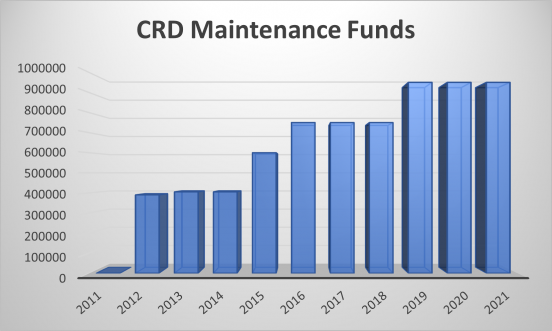 Since inception in 1997, annual program funding has fluctuated and has been cut during economic down turns. Since Fiscal Year 2019, the annual budget for the CRD Maintenance program has been $900,000, which includes funding for two County positions dedicated to the program.
Since inception in 1997, annual program funding has fluctuated and has been cut during economic down turns. Since Fiscal Year 2019, the annual budget for the CRD Maintenance program has been $900,000, which includes funding for two County positions dedicated to the program.
On March 25, 2014, the Board of Supervisors (BOS) approved a report produced by the Infrastructure Financing Committee (IFC), which called for the creation of a Capital Sinking Fund. The BOS approved the establishment of the Capital Sinking Fund, as part of the Fiscal Year (FY) 2014 Budget Carryover Review. The CRD Maintenance Program has received some of these funds to assist with capital project costs. These funds are subject to availability with allocation percentages determined by the BOS. CRD sinking funds are not guaranteed and are received at the discretion of the Board.
PROGRAM HISTORY
Fairfax County citizens approved General Obligation Bonds in 1988 for streetscape improvements in the county’s five Commercial Revitalization Districts (CRDs) of Annandale, Baileys Crossroads/Seven Corners, McLean, Richmond Highway and Springfield. In the next decade, the county worked with community stakeholders to develop specialized streetscape designs within the public right-of-way. However, these streetscape designs were not consistent with the standard streetscape treatments established by the Virginia Department of Transportation (VDOT) and thus were considered to be non-standard. VDOT does allows non-standard improvements within the right-of-way provided there is an agreement that these improvements are maintained by others. Because these specialized streetscapes are an integral component of the County's efforts to revitalize its CRDS, the County agreed to take over and Fund the maintenance of these streetscapes. In 1997, the county established a fund to provide for the ongoing maintenance (routine and periodic replacement) of these specialized streetscapes and related improvements within the CRDs.
Program Challenges
 Over time, monies available for maintenance were not able to keep pace with demand and rising costs. At the same time, older projects were starting to show more “wear and tear”. Temporary funding cuts made to the program during the 2010 recession further exacerbated the situation by deferring needed maintenance of many items. Even with restored funding, many of these streetscapes continued to deteriorate, creating the exact opposite of the desired effect of constructing the specialized streetscapes in the first place.
Over time, monies available for maintenance were not able to keep pace with demand and rising costs. At the same time, older projects were starting to show more “wear and tear”. Temporary funding cuts made to the program during the 2010 recession further exacerbated the situation by deferring needed maintenance of many items. Even with restored funding, many of these streetscapes continued to deteriorate, creating the exact opposite of the desired effect of constructing the specialized streetscapes in the first place.
The specialized streetscapes were realized on only a small overall percentage of the available linear frontages in the CRDs, either through public investment or to a lesser extent, through private redevelopment of properties.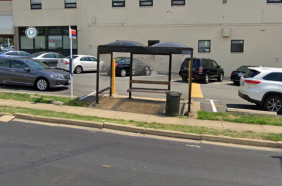 The resulting patchwork of streetscapes created a “hodge-podge” look, and reflected divided maintenance responsibilities with disparate levels of maintenance service. Thus, even if portions of the streetscape within a CRD were well maintained, an area was judged in the aggregate, and thus, the overall impression of the level of maintenance was diminished by those entities not performing sufficient maintenance.
The resulting patchwork of streetscapes created a “hodge-podge” look, and reflected divided maintenance responsibilities with disparate levels of maintenance service. Thus, even if portions of the streetscape within a CRD were well maintained, an area was judged in the aggregate, and thus, the overall impression of the level of maintenance was diminished by those entities not performing sufficient maintenance.
Finally, technologies, best practices, and consumer preferences continued to change and evolve since the original streetscapes were installed. In many instances, newer and better methods and materials exist today or older styles and materials no longer exist. Therefore, these areas were not availing themselves of the newest practices, especially in the area of cross-walks, tree planting, and pavement design.
Solutions Sought
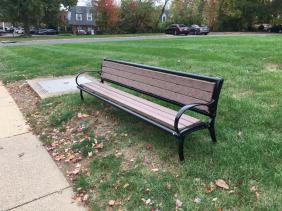 To address the situation, staff developed a work plan that identified the steps needed to create a long-term and sustainable infrastructure maintenance plan for the CRDs. At the October 13, 2015, Board of Supervisor Revitalization Committee meeting, staff was directed to identify the full list of needed facility improvements, replacement, and maintenance requirements in keeping with community standards, and the total associated funding levels.
To address the situation, staff developed a work plan that identified the steps needed to create a long-term and sustainable infrastructure maintenance plan for the CRDs. At the October 13, 2015, Board of Supervisor Revitalization Committee meeting, staff was directed to identify the full list of needed facility improvements, replacement, and maintenance requirements in keeping with community standards, and the total associated funding levels.
Maintenance Program 4 (MP4)
On October 11, 2016, at the Board Revitalization Committee, the Board endorsed the Maintenance Program 4 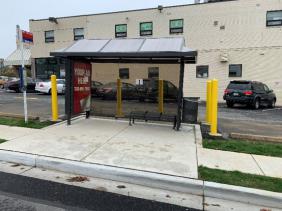 (MP4) proposal and specified that the program would need to proceed incrementally relative to available funding. Contained within this endorsement is the new ability to expand existing program services throughout an entire Commercial Revitalization District (CRD), whereas previous services were restricted to county-maintained areas (typically those areas that had been publicly constructed) within the CRDs. Subsequently, staff conducted a maintenance inventory of each CRD to identify and prioritize maintenance projects within each area that would make the best use of its available program funds.
(MP4) proposal and specified that the program would need to proceed incrementally relative to available funding. Contained within this endorsement is the new ability to expand existing program services throughout an entire Commercial Revitalization District (CRD), whereas previous services were restricted to county-maintained areas (typically those areas that had been publicly constructed) within the CRDs. Subsequently, staff conducted a maintenance inventory of each CRD to identify and prioritize maintenance projects within each area that would make the best use of its available program funds.



